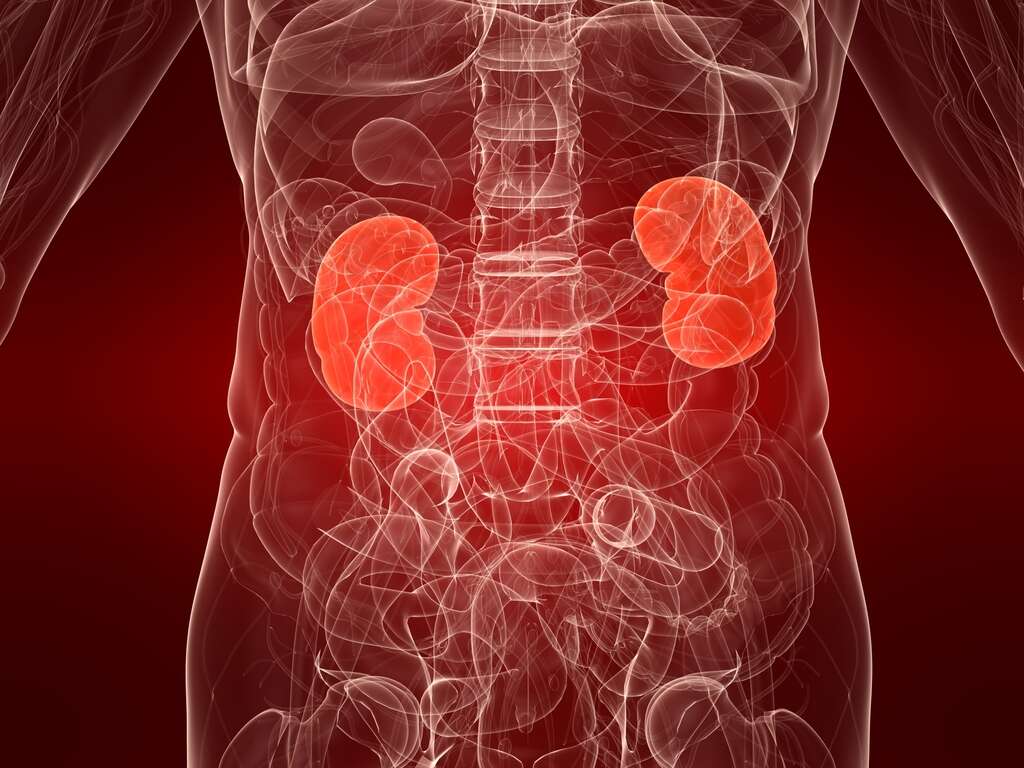What Is Thoracic Outlet Syndrome?
Our top ribs are located just beneath the collar bone. There is a narrow gap between the two, but there’s still enough space for some blood vessels and nerves to pass through. The area where they do pass through is known as the thoracic outlet.
While there is usually enough space for these blood vessels and nerves to pass without a problem, there is still not much margin for error. This small margin means that the nerves and blood vessels can sometimes become compressed between the two bones. It is a condition known as thoracic outlet syndrome, and it can result in a number of unwelcome symptoms.

1. Thoracic Outlet Syndrome
Thoracic outlet syndrome is a condition where nerves and blood vessels in the thoracic outlet become pinched. This can affect the way signals are able to travel to and from the brain, and it can also impede the flow of blood. The condition can result in a number of unwelcome symptoms for the patient.
There are numerous potential causes of the condition, although the cause cannot always be determined. There are also different varieties of the condition. The type of symptom and the severity of the symptoms can vary from cases to case. Treatment is often available according to the nature of the case.

2. Nonspecific-Type Thoracic Outlet Syndrome
There is some debate within medical circles over this condition, which is also known as disputed thoracic outlet syndrome. The condition causes considerable discomfort in the area of the thoracic outlet, and the pain is likely to get worse when the patient is physically active. However, doctors will not be able to find an underlying cause for the patient’s symptoms.
Some people in the medical field believe that this condition is fairly common. Others, however, don’t believe that it is a genuine condition at all. Either way, not knowing the underlying cause of the patient’s symptoms makes them very hard to treat.

3. Neurogenic Thoracic Outlet Syndrome
This variety is also known as neurological thoracic outlet syndrome, and is the most common variety of thoracic outlet syndrome. This variety of the condition affects a group of nerves that pass through the outlet that allows us to control our muscles in our arms, hands, and shoulders.
This condition causes these nerves to become compressed, thus affecting the ability to send messages to and from the affected area. The exact symptoms will vary from case to case, but typical symptoms include tingling or numbers in fingers and arms. Pain in the hands, shoulder, or neck, a weak grip, and loss of muscle in the thumb.

4. Vascular Thoracic Outlet Syndrome
This variety of the condition can itself be broken down into two main categories. These are arterial thoracic outlet syndrome and venous thoracic outlet syndrome. As the names suggest, the condition affects the arteries and veins in the area. These blood vessels will be compressed, and this means that the flow of blood will be affected.
The symptoms can vary, but they typically include the hands turning pale, or blue in color. The hands and arms can feel cold, while there can also be tingling and numbness. There can also be a throbbing close to where the collar bone is, and the arm and neck can become weaker. Blood clots can occur, and this can cause swelling and pain.

5. Causes
There are various reasons why the nerves or blood vessels can become compressed in this way. One is that the patient has suffered an injury to the thoracic outlet. Another is a persistent poor posture which has affected the structure of the outlet. Obesity is another potential cause, as is carrying heavy weights like backpacks.
Some cases are caused by repetitive movements of the shoulders, meaning some sports people are prone to developing the condition. In other cases, the underlying cause of the condition can be a defect anatomically. Also, a woman’s joints will become looser when pregnant, which is another potential cause.

6. Complications
In addition to the symptoms mentioned, thoracic outlet syndrome can result in potentially severe symptoms for the patient. Nerves that are compressed for long periods can become permanently damaged. This can leave the patient feel sensations like pain and tingling for the rest of their lives. It can also cause permanent paralysis.
A lack of blood flow to the affected tissues can also result in tissue damage. Blood clots can also cause some very serious conditions if left untreated. These can also restrict the flow of blood to the patient’s arms and hand. Blood clots can also break away and flow through the system, only to become lodged where they can cause some life-threatening conditions.

7. Who’s at Risk?
Anybody can develop thoracic outlet syndrome, although some people are more likely to develop it than other people are. For example, women are more likely to develop it than men. The condition is also more common in people that are aged between 20 and 40 years old.
People that have physical vocations are also at a higher risk of developing the condition. This includes people that play certain sports, and people who have active jobs, like laborers. Obese people are also at a higher risk as are those that have a poor posture. Pregnant women are also in a higher risk category

8. Prevention
People that regularly carry heavy bags and other objects should make sure to stretch properly to help prevent thoracic outlet syndrome. The same goes for other people, including sports people, while maintaining muscle strength in the area is also beneficial. It is also a good idea for obese people to lose weight, and posture correction devices may also help to prevent the condition.
A lot of people with mild symptoms might not seek advice for a long time, and this increases the chances of permanent damage. If you are experiencing symptoms associated with the condition then you should get it checked out regardless of how mild they might be. This can help prevent the condition from becoming significantly more serious.

9. Diagnosis
Nonspecific-type thoracic outlet syndrome can be particularly difficult to diagnose due to the lack of identifiable underlying causes. Regardless, the doctor is likely to want to perform a physical exam, and ask you questions about your lifestyle and your medical history. X-rays, ultrasounds, and other imaging techniques may be performed to help get a look at the structure of the thoracic outlet.
Provocation tests may also be performed, which means doctors will try and reproduce the patient’s symptoms. Tests can also be undertaken to help evaluate the performance of the patient’s nerves, and an electromyography can help to measure the flow of electricity flowing through the muscles.

10. Treatment
Treating the condition as early as possible will help make treatment easier and increase the chances of the patient making a full recovery. Medications will often be used, including pain killers, anti-inflammatories, and muscle relaxants. Physical therapy is also a common method of treating the condition.
Depending on the specifics of a case, medication may also be necessary to help prevent the formation of blood clots. In some cases, medication can be necessary to help dissolve any blood clots that have already formed. A variety of surgery procedures can be used if nothing else works, and which procedure is performed will depend upon the case at hand.











